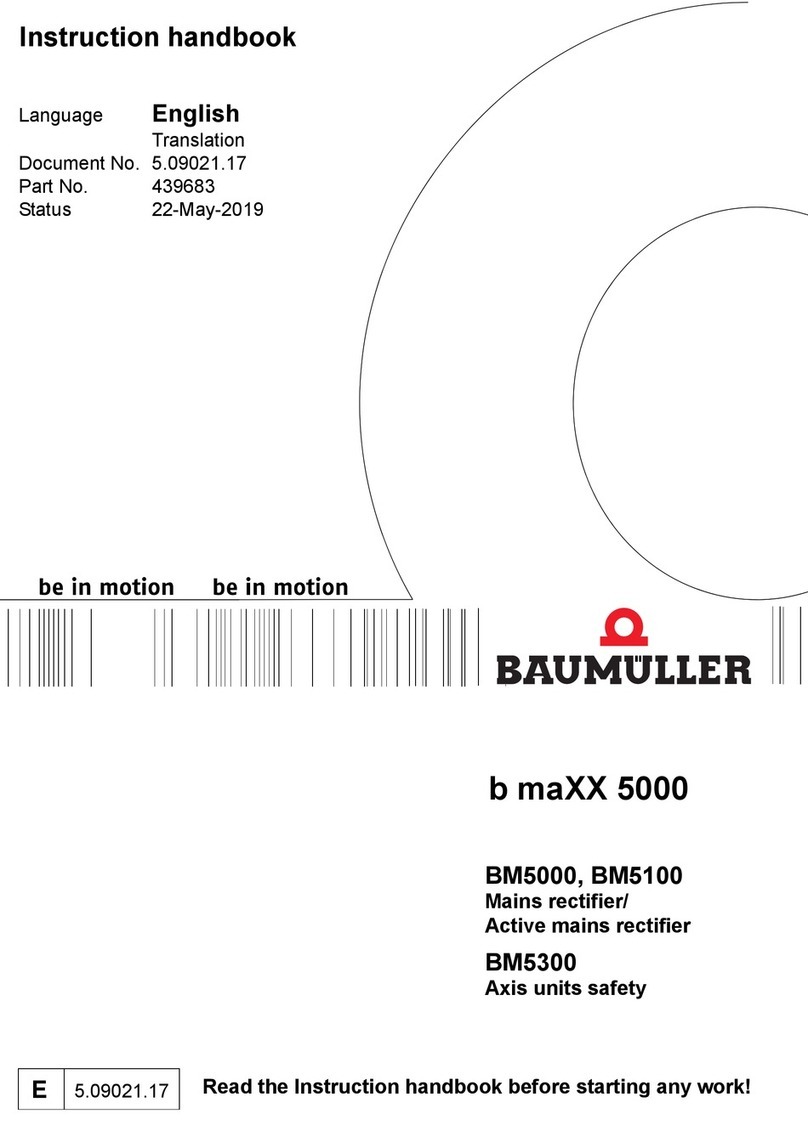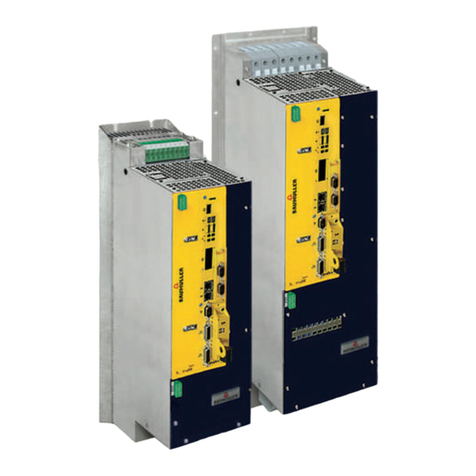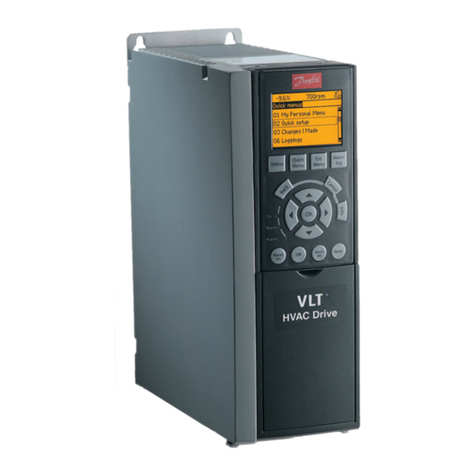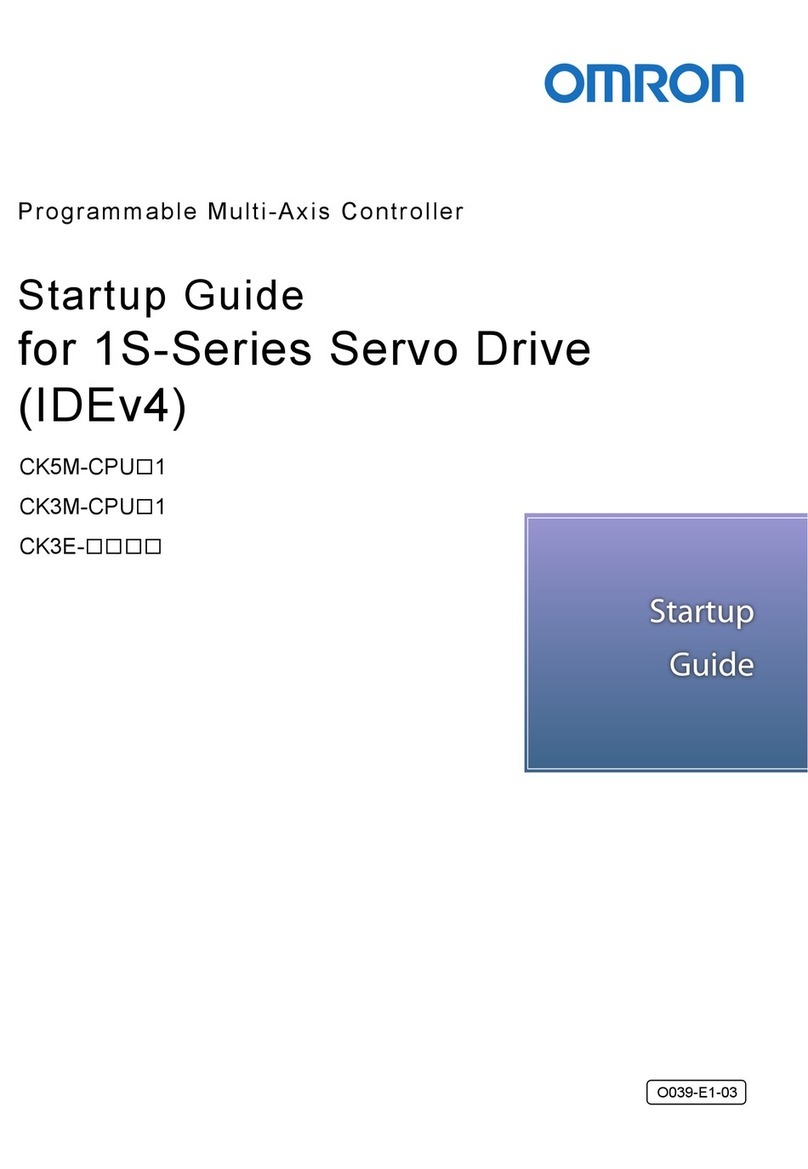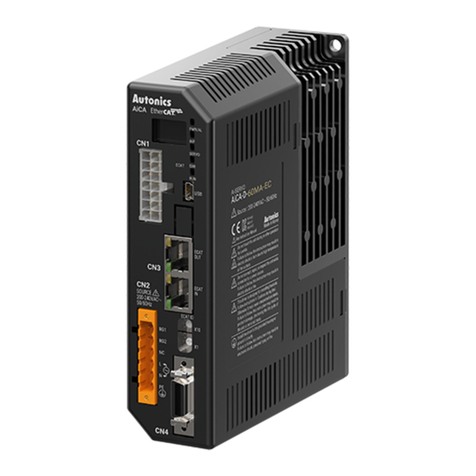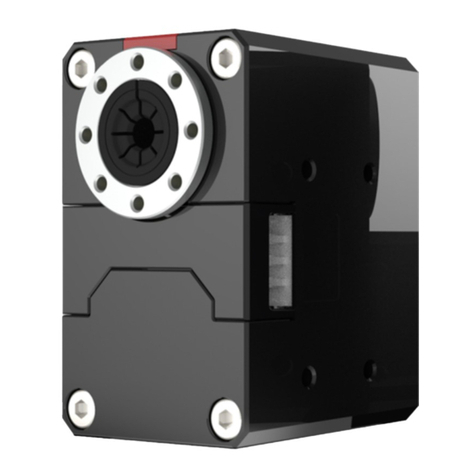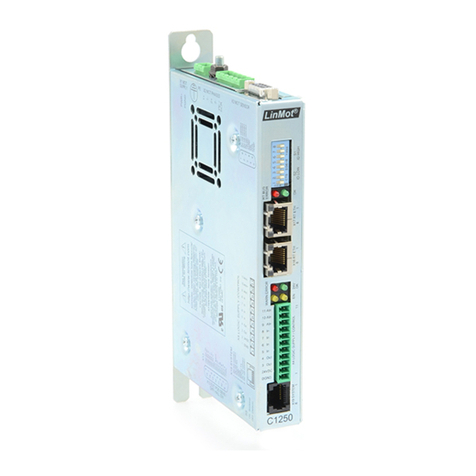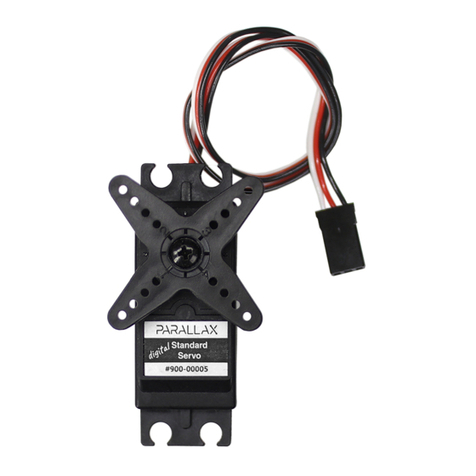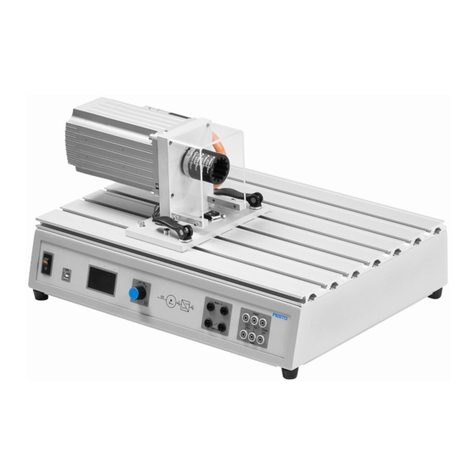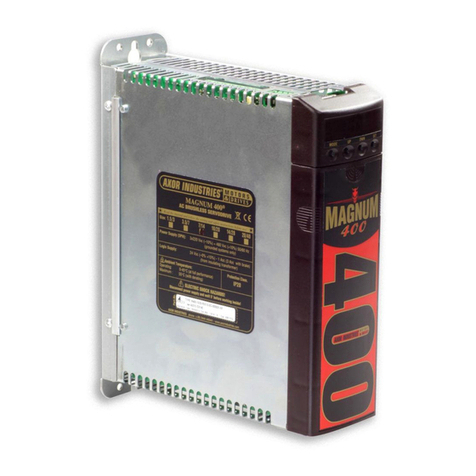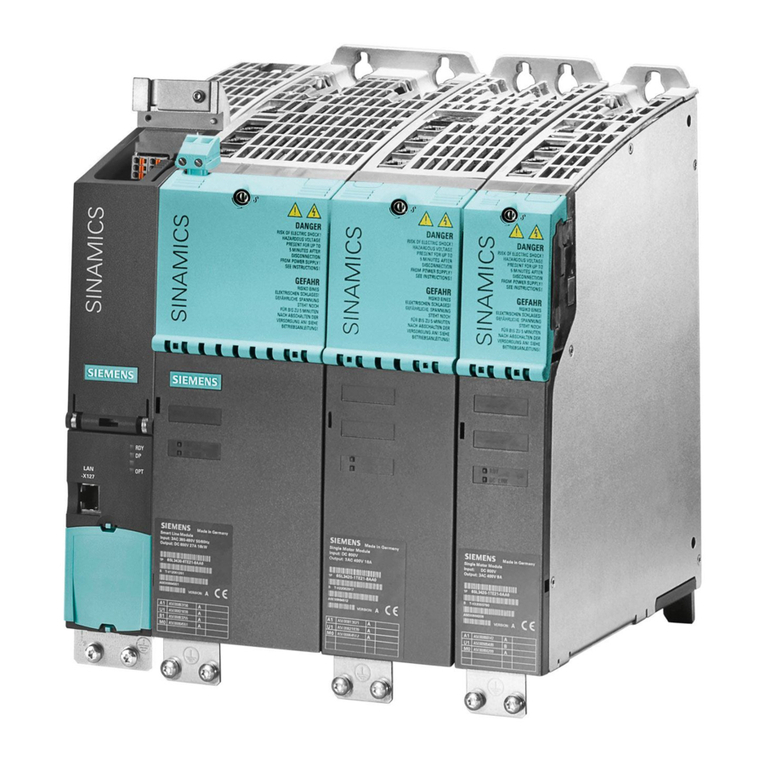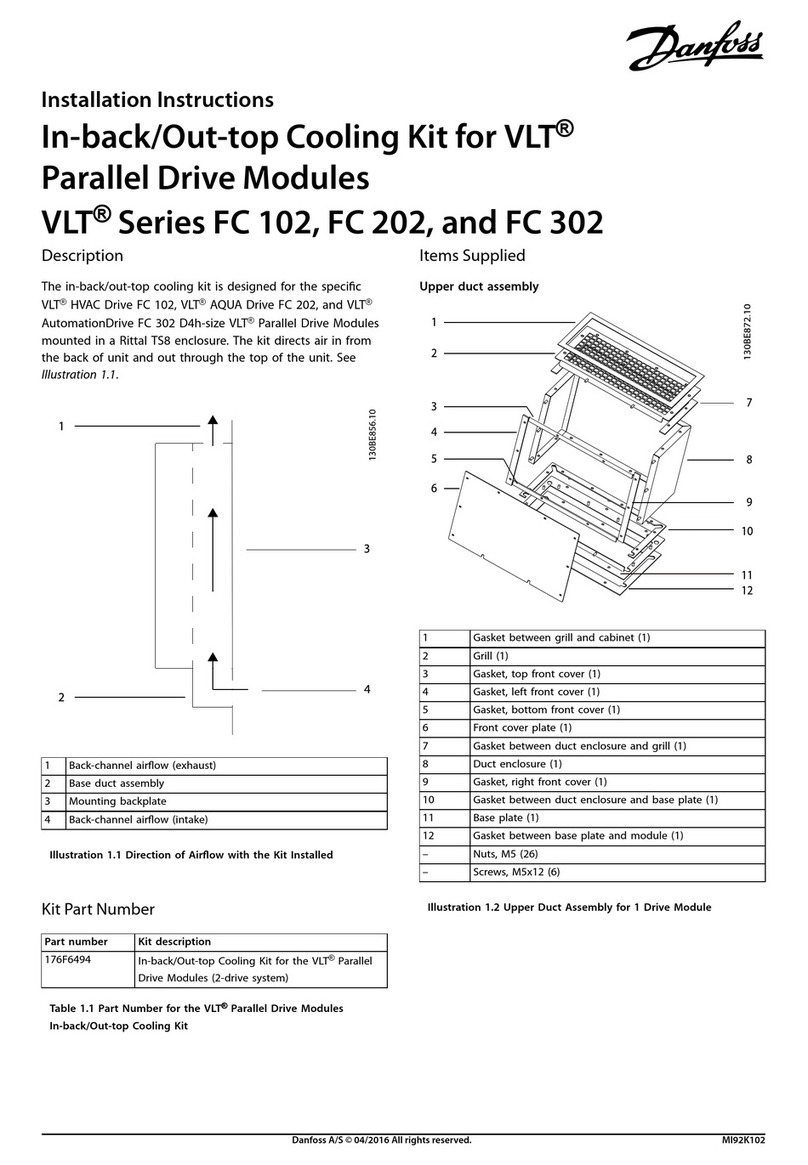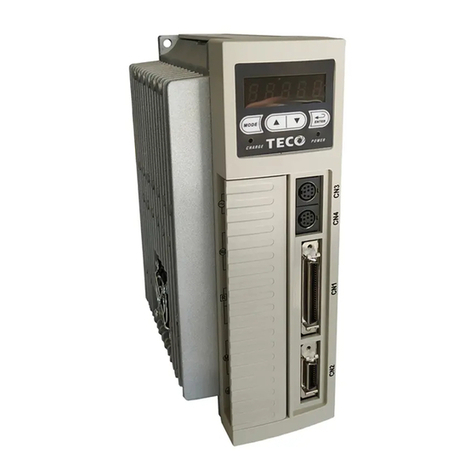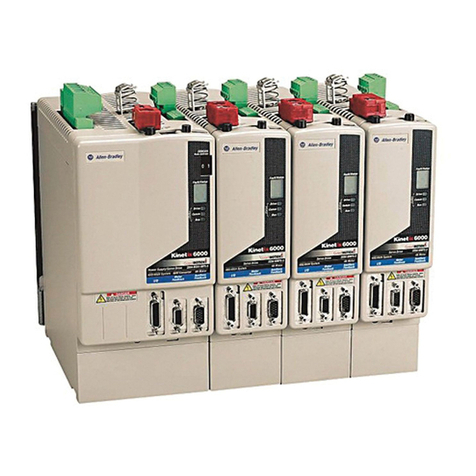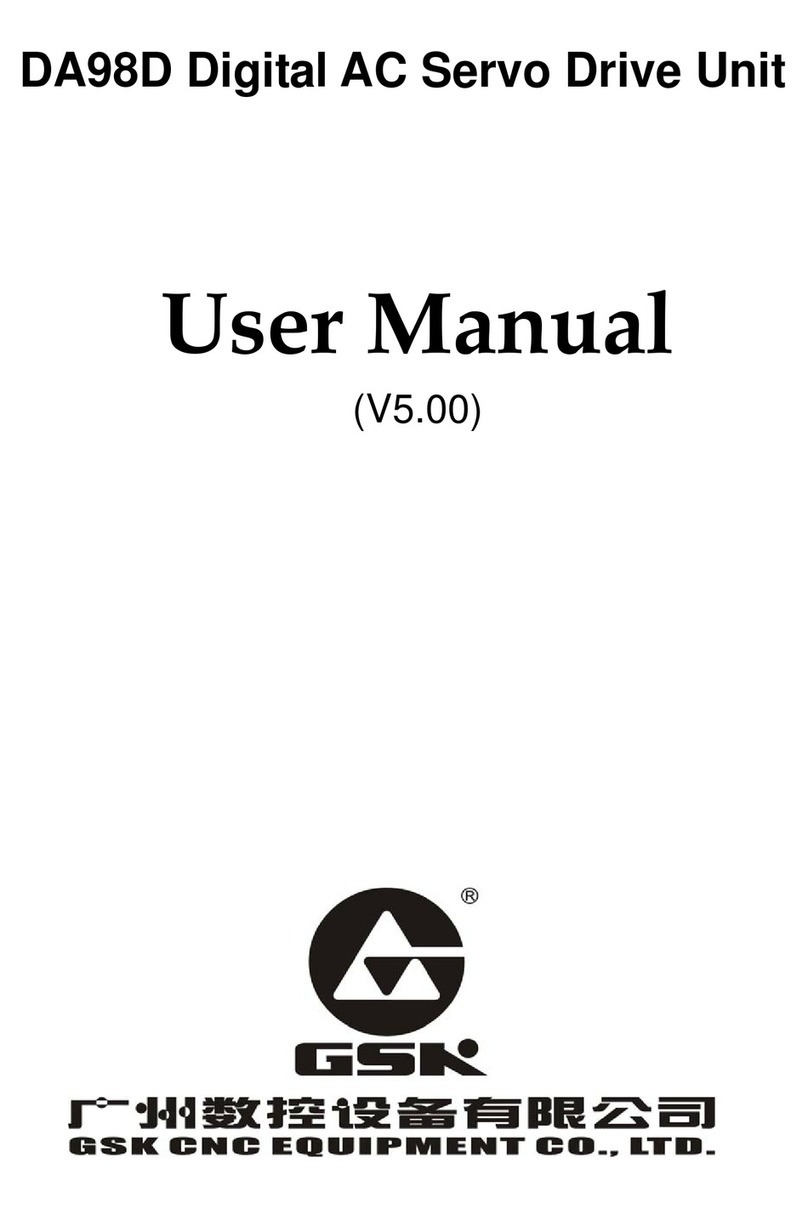
A-70
AiSA-D Series
-|Transparent setting guide|-
Model※1AiSA-D-60MA(-B) AiSA-D-60LA(-B) AiSA-D-86MA(-B) AiSA-D-86LA(-B)
Power
consumption
Power supply 200-240 VACᜠ 50/60 Hz
STOP※2Max. 60 W Max. 65 W Max. 70 W
Max. during operation Max. 160 W Max. 220 W Max. 250 W Max. 300 W
Max. Run current※32.0 A/Phase
Auxiliary
power※4
Power supply 24 VDCᜡ
Input current 0.3 A 0.5 A
STOP current 20 to 100% of max. RUN current
Rotation speed 0 to 3000 rpm
Resolution※5500 (factory default), 1000, 1600, 2000, 3200, 3600, 5000, 6400, 7200, 10000 PPR
Speed lter※50 (disable) (factory default), 2, 4, 6, 8, 10, 20, 40, 60, 80, 100, 120, 140, 160, 180, 200 ms
Motor GAIN※5Standard GAIN: 0 to F, Inertia GAIN: 0 to F
In-Position※5Fast Response: 0 (factory default) to 7, Accurate Response: 0 to 7
Pulse input method※51-pulse or 2-pulse input (factory default) method
Motor rotation direction※5CW (factory default), CCW
Status indicator ● Alarm/Status display part: orange LED 7 seg. ● Power/Alarm indicator: green/red LED
● In-Position indicator: orange LED ● Servo On/Off indicator: blue LED
I/O
Input
CW, CCW (Run pulse)
Servo On/Off (photocoupler input) - [H]: 24 VDCᜡ, [L]: 0-0.5 VDCᜡ,Pulse width - min. 1 ms
Alarm reset (photocoupler input) - [H]: 24 VDCᜡ, [L]: 0-0.5 VDCᜡ,Pulse width - min. 10 ms
Output ● Photocoupler: In-Position, Alarm out
● Line driver: encoder signal (phase A, A, B, B, Z, Z)
Operation mode Standard, Torque mode
Input pulse
specications
Pulse width CW, CCW: input pulse frequency duty 50 %,
Rising/Falling time CW, CCW: max. 0.5 ㎲
Pulse input voltage CW, CCW - [H]: 4-8 VDCᜡ, [L]: 0-0.5 VDCᜡ
Max. input pulse freq.※6CW, CCW: 500 kHz
Alarm Overcurrent, overspeed, position tracking, overload, overheat, motor connection, encoder connection,
overvoltage, undervoltage, motor misalignment, command pulse, in-position, brake
Input resistance 4.7 kΩ (Anode Pull-up)
Insulation resistance Over 200 MΩ (at 500 VDCᜡ megger)
Dielectric strength 1,500 VACᜠ 60 Hz for 1 min
Vibration 1.5 mm amplitude at frequency of 10 to 55 Hz (for 1 min) in each X, Y, Z direction for 2 hours
Shock 300 m/s2 (approx. 30 G) in each X, Y, Z direction for 3 times
Environment Ambient temp. 0 to 50 ℃, storage: -10 to 60 ℃
Ambient humi. 35 to 85 %RH, storage: 10 to 90 %RH
Protection structure IP20 (IEC standard)
Approval ᜢ
Weight※7● Standard type: Approx. 920 g (approx. 800 g)
● Built-in brake type: Approx. 1,020 g (approx. 780 g)
※1:
The model name indicates driver type. (none: standard type, B: built-in brake type)
E.g.) AiSA-D-60MA-B: built-in brake type stepping motor driver.
※2: Based on the ambient temperature 25 ℃, ambient humidity 55 %RH, and STOP current 20 %.
※3: RUN current varies depending on the input RUN frequency and max. RUN current at the moment varies also.
※4: Auxiliary power is only available in built-in brake type. Corresponding specification is not available in standared type.
※5:
Settings are available with the switches located on the front. When setting, the power must not be applied and cannot be set after
power is applied.
※6:
Max. input pulse frequency is max. frequency to be input and is not the same as max. pull-out frequency or max. slewing frequency.
※7: The weight includes packaging. The weight in parentheses is for unit only.
※Environment resistance is rated at no freezing or condensation.
▣Specifications


